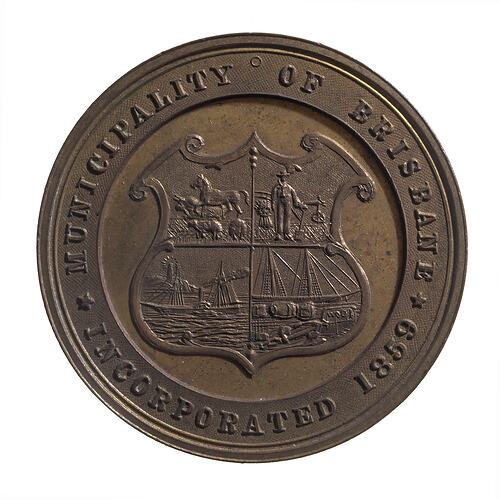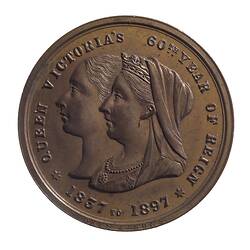Before white settlement, Brisbane was home to the Jagera and Turrbal Aboriginal clans.
Surveyor General John Oxley explored the Moreton Bay area in 1823. He named the Brisbane River in honour of the Governor of New South Wales from 1821 to 1825, Major-General Sir Thomas Makdougall Brisbane.
In July 1825 a penal colony was established on the present site of Brisbane by order of the then Governor of New South Wales, Sir Thomas Brisbane. The colony followed an unsuccessful attempt to settle at Redcliffe. The site, 27 kilometres from the mouth of Moreton Bay, was chosen for its reliable water supply and because the upstream location would make escape difficult for the repeat offenders destined for the new colony. The following year Captain Patrick Logan was appointed the new commandant, and during the next four years gained a reputation as the most cruel in the colony. He was murdered in 1830. In 1828 the convicts constructed a windmill and later an observatory. The attached treadmill made the windmill useful both for grinding corn and for mass punishment. By 1840 all surviving convicts had returned to Sydney and for a period Brisbane was a free settlement.
In 1859 Brisbane was separated from New South Wales and Queensland was proclaimed a new colony by its first Governor, Sir George Ferguson Bowen. In 1864 Newstead House was built, and for a time served as an unofficial Government House.
From the 1860s Brisbane developed rapidly as policies to assist immigrants were implemented. A further migration boom occurred in the 1880s.
In 1875 the first rail line in Brisbane connected central Brisbane to Indooroopilly. Suburban services soon opened, stimulating new development. Trains, buses and ferries provided further connections, with the promise of imminent tram services acting as a catalyst for the development of some suburban estates. Trams were last used in Brisbane in 1969.
The Municipality of Brisbane issued a medal for the Diamond Jubilee of Queen Victoria in 1897 (NU 34872).
Two city administrations, six towns, 12 shires and four other authorities amalgamated to form Brisbane City Council on 1 October 1925 (Brisbane Day). In 1930, during the Depression, Brisbane opened its new City Hall. From these difficult years the city emerged to play an important role during the Second World War, hosting many British, American and Australian troops. General Douglas MacArthur directed Pacific theatre operations from headquarters on the eight floor of the AMP building in Queen Street in the city, now known as MacArthur Chambers.
After World War II the increase of personal car ownership saw the development of more distant suburbs. The city also benefited from an influx of post-war immigrants and Vietnamese refugees in the 1980s.
Until recent times Brisbane has been subject to major flooding. The flood of January 1974, caused by Cyclone Wanda, caused 14,000 homes to be evacuated, and the Centenary Bridge at Jindalee was severely damaged by a runaway gravel barge. All air, road and rail communication with the outside world was cut off.
References:
Brisbane City Life website http://www.brisbanecitylife.com.au/bcl/about/history.htm, accessed 02/02/2004.
Our Brisbane website http://www.ourbrisbane.com/inbrief/history/, accessed 02/02/2004.
BrisBites website http://www.brisbites.com/, accessed 02/02/2004
More Information
-
Keywords
-
Localities
-
Authors
-
Article types

